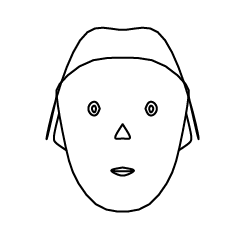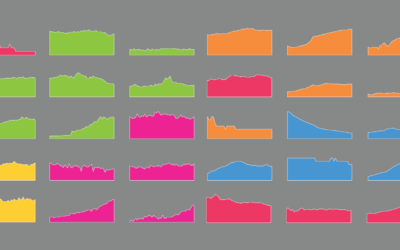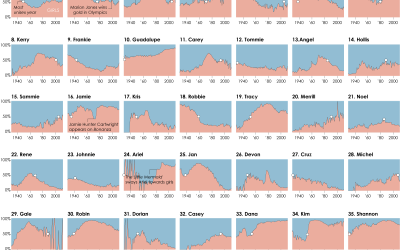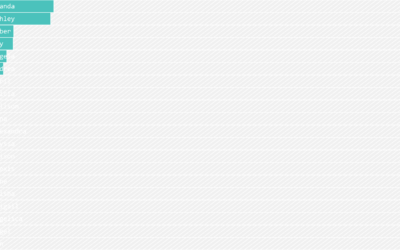Where Else You Can Work
If you’re searching for a new job, it’s worth looking in different industries — instead of doing more of the same elsewhere, or in the other direction, switching to a completely new occupation. Maybe your current industry is saturated, but a different industry might require your skills.
The searchable chart below shows the industries that people work in, given a specific job. Industries are categorized in rows.
Industries You Could Work In
This is based on 2021 data from the Bureau of Labor Statistics. The size of each square represents how many people worked in an industry with your occupation. Color represents industry categories.
Some occupations are specific to a single industry, such as judges in government and postmasters in postal service. Then there are occupations with more generic titles, such as general managers or clerks who work across all industries.
The most interesting distributions are somewhere in the middle. For example, data scientists typically work in technology, but there are jobs spattered across other industries, such as manufacturing, government, extraction, and retail, with comparable or higher salaries. You can find graphic designers in a lot of places too. Computer programmers. Chemists. Electricians.
Even with occupations that stay in a category of industries, you can see the possibilities within the category.
Of course, if you want something completely different, there’s data for that too. There is a way, no matter how roundabout it might be.
Become a member. Support an independent site. Get extra visualization goodness.
See What You Get





